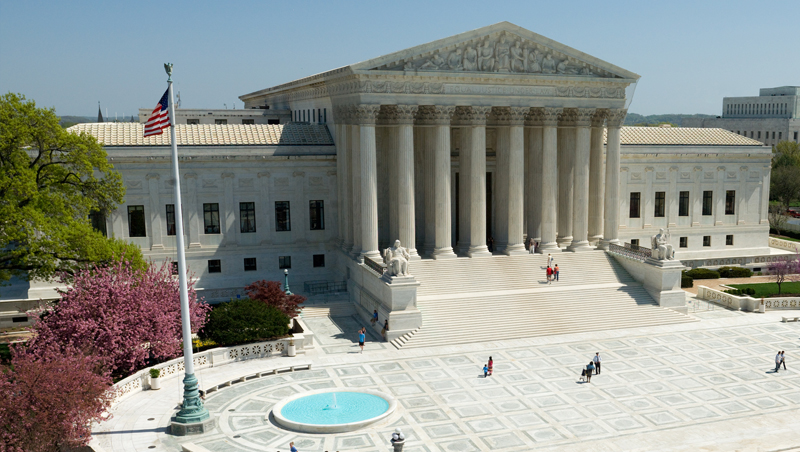The Constitutional Counter-Revolution of 1937 continues The supreme court, of the corporate United states, hands down Eire Railroad v. Tompkins, overturning Swift v. Tyson: despite the plain wording of Article VII of Amendment, there is no federal common law.
NOTE: In overturning Swift, the court was proceeding on its own motion. Neither the appellant nor the respondent had raised the issue of the precedent’s unconstitutionality.
[restored 9/25/2020] Thanks to Jim Lorenz for his contributions to this entry.
The Constitutional Counter-Revolution of 1937 concludes: The supreme court, of the corporate United states, hands down United states v. Carolene Products: under the fraudulent 14th amendment, the Federal government has the necessity, from time to time, to create special collective rights for certain groups, above and beyond those inalienable rights that individuals are born with (property rights will no longer be protected with the same vigor by the courts as “civil” rights).
NOTE: In writing the Opinion of the Court, Harlan Fiske Stone, chief justice of the United states, added several footnotes (a normal practice). Footnote #4 states:
There may be narrower scope for operation of the presumption of constitutionality when legislation appears on its face to be within a specific prohibition of the Constitution, such as those of the first ten amendments, which are deemed equally specific when held to be embraced within the Fourteenth. [case citations deleted]
It is unnecessary to consider now whether legislation which restricts those political processes which can ordinarily be expected to bring about repeal of undesirable legislation is to be subjected to more exacting judicial scrutiny under the general prohibitions of the Fourteenth Amendment than are most other types of legislation. On restrictions upon the right to vote [case citations deleted] on restraints upon the dissemination of information [case citations deleted] on interferences with political organizations [case citations deleted] as to prohibition of peaceable assembly [case citations deleted].
Nor need we enquire whether similar considerations enter into the review of statutes directed at particular religious, [case citations deleted] or racial minorities [case citations deleted] whether prejudice against discrete and insular minorities may be a special condition, which tends seriously to curtail the operation of those political processes ordinarily to be relied upon to protect minorities, and which may call for a correspondingly more searching judicial inquiry. [case citations deleted].
Over the years, this explanation has been cited by courts to severely restrict individual rights, to those only listed in the Constitution, and those created by legislative fiat. Dwight Murphy, at Wichita State Law School, writes that this infamous “Footnote #4,” and the subsequent decisions that have cited it have become the third Constitution of the United States, the second being the three fraudulent “Reconstruction Amendments,” and the Constitution for the united States being the original. Footnote #4 is a constitution of equality, which derives its authority from the nation instead of WE THE PEOPLE, and governs as a democracy instead of as a republic.
[updated 4/26/2025]
Subsequent Events:
Authority:
“Law of the Jungle”
ccc-2point0.com/preface
References:
Erie Railroad v. Tompkins, 304 U.S. 64, 71, 78, 80 (1938).
United States v. Carolene Products, 304 U.S. 144, 152, 153 (1938).
Robert A. Levy and William Mellor, The Dirty Dozen: How twelve Supreme Court cases radically expanded government and eroded freedom, (New York: Sentinel, 2008), 190-95.
Erie Railroad Co. v. Tompkins – Wikipedia
en.wikipedia.org/wiki/Erie_Railroad_Co._v._Tompkins
Erie doctrine – Wikipedia, the free encyclopedia
en.wikipedia.org/wiki/Erie_doctrine
History of the Federal Judiciary
www.fjc.gov/history/home.nsf/page/landmark_14.html


